A Walk in "Old Town Verona"

The Arena
The Arena of Verona stands as an enduring testament to the grandeur of ancient Roman architecture and the rich cultural heritage of Verona, Italy. This majestic amphitheater, built in the 1st century AD, is one of the largest and best-preserved Roman arenas in the world.
Located in the heart of Verona, the Arena once hosted gladiatorial contests, chariot races, and other spectacles that entertained thousands of spectators. Constructed primarily of pink-tinged marble, the Arena boasts an elliptical shape with towering outer walls punctuated by arches and adorned with intricate stone carvings.
Today, the Arena of Verona serves as a magnificent venue for various cultural events, most notably opera performances during the prestigious Verona Arena Festival. Every summer, the Arena’s ancient walls reverberate with the melodious strains of world-class operatic productions, enchanting audiences from around the globe.
Palazzo del Gardello
Palazzo del Gardello, a Gothic marvel in Verona’s historic center, reflects the city’s rich heritage. Built in the Middle Ages for the della Scala family, its imposing facade and iconic clock tower, the Torre dei Lamberti, capture the essence of Verona’s noble past. Originally a fortress, it has served various functions over the years, including housing governmental offices. While its interior remains private, the palazzo’s exterior draws admirers for its architectural beauty and historical significance. As a symbol of Verona’s legacy, Palazzo del Gardello invites exploration, offering glimpses into the city’s storied history.
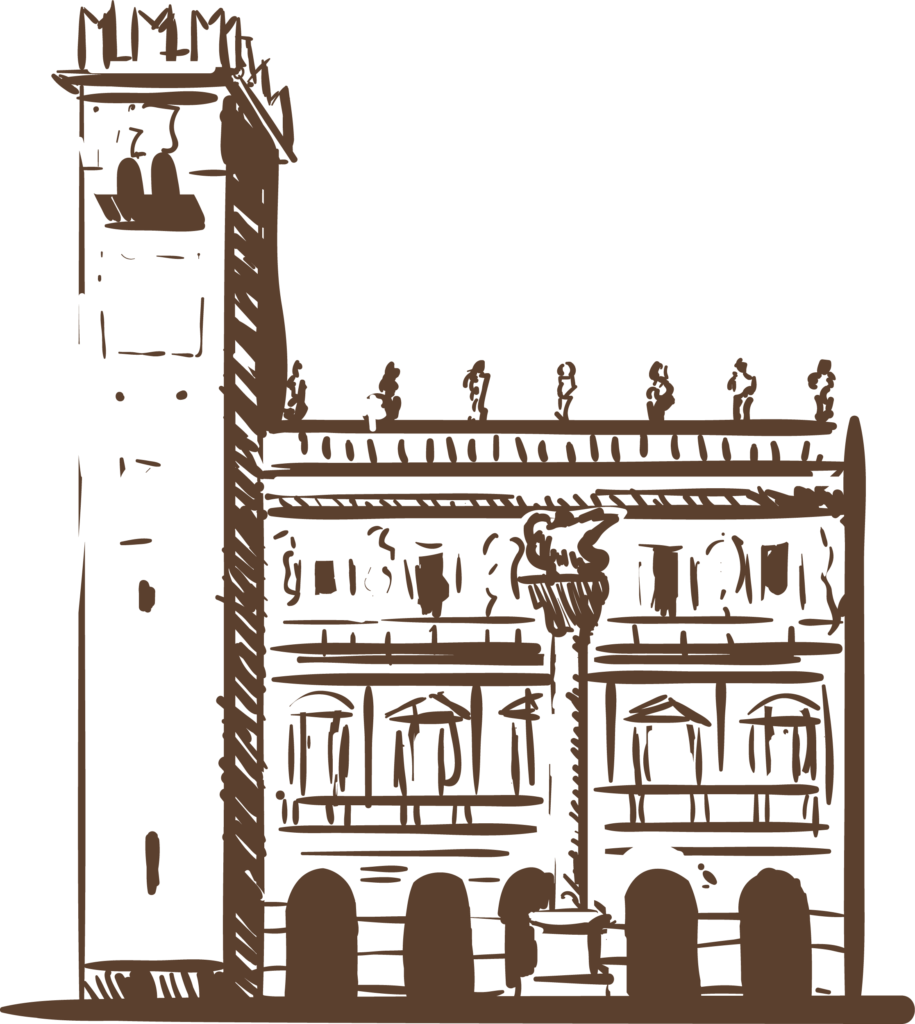

Palazzo del Gardello
Palazzo del Gardello, a Gothic marvel in Verona’s historic center, reflects the city’s rich heritage. Built in the Middle Ages for the della Scala family, its imposing facade and iconic clock tower, the Torre dei Lamberti, capture the essence of Verona’s noble past. Originally a fortress, it has served various functions over the years, including housing governmental offices. While its interior remains private, the palazzo’s exterior draws admirers for its architectural beauty and historical significance. As a symbol of Verona’s legacy, Palazzo del Gardello invites exploration, offering glimpses into the city’s storied history.

Arche Scaligere
The Scaliger Tombs, an iconic ensemble of Gothic funerary monuments located in Verona, Italy, exude a timeless elegance that captivates visitors from around the world.
Dating back to the 14th century, these striking marble structures stand as a testament to the power and prestige of the Scaligeri family, who ruled Verona during the Middle Ages.
Each tomb is intricately adorned with delicate carvings and intricate details, showcasing the craftsmanship of the era. As one wanders among these solemn monuments, they are transported back in time, surrounded by an aura of solemn dignity and historical significance.
Today, the Scaliger Tombs serve as a poignant reminder of Verona’s rich medieval heritage, inviting visitors to ponder the legacy of those who once shaped the city’s destiny.
Basilica di Santa Anastasia
he Basilica di Santa Anastasia, an architectural marvel nestled in the heart of Verona, Italy, boasts a rich history spanning over a millennium. Dating back to the 6th century, its Romanesque and Gothic elements seamlessly blend to create a captivating aesthetic.
Its imposing facade, adorned with intricate sculptures and ornate details, serves as a testament to the skilled craftsmanship of its builders. Inside, visitors are greeted by a sense of grandeur, with towering columns, graceful arches, and awe-inspiring stained glass windows that bathe the space in a kaleidoscope of colors.
As one navigates the basilica’s sacred halls, they are transported through time, encountering centuries of devotion and architectural brilliance. Today, the Basilica di Santa Anastasia stands not only as a place of worship but also as a living testament to Verona’s rich cultural heritage.
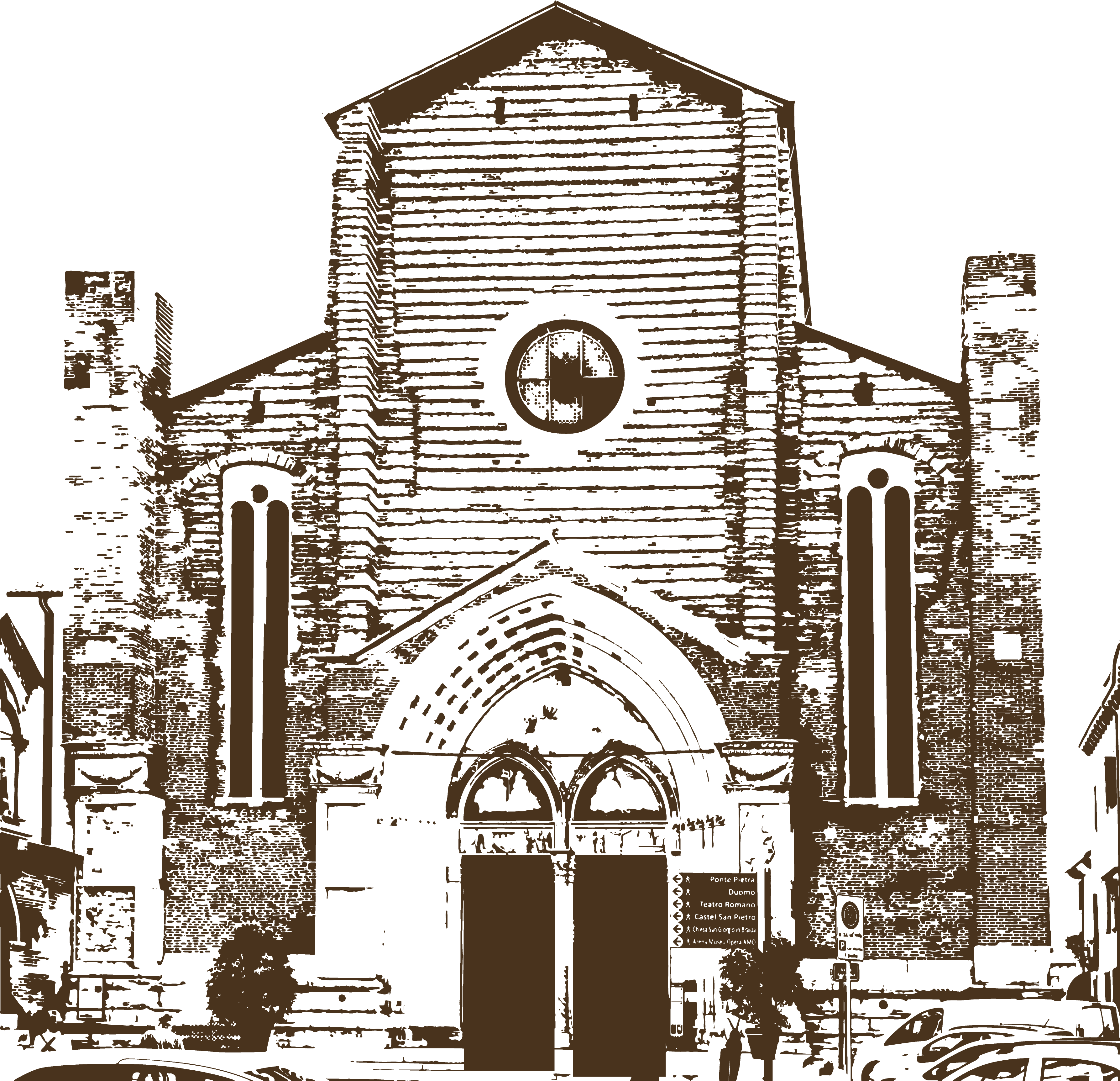

Basilica di Santa Anastasia
he Basilica di Santa Anastasia, an architectural marvel nestled in the heart of Verona, Italy, boasts a rich history spanning over a millennium. Dating back to the 6th century, its Romanesque and Gothic elements seamlessly blend to create a captivating aesthetic.
Its imposing facade, adorned with intricate sculptures and ornate details, serves as a testament to the skilled craftsmanship of its builders. Inside, visitors are greeted by a sense of grandeur, with towering columns, graceful arches, and awe-inspiring stained glass windows that bathe the space in a kaleidoscope of colors.
As one navigates the basilica’s sacred halls, they are transported through time, encountering centuries of devotion and architectural brilliance. Today, the Basilica di Santa Anastasia stands not only as a place of worship but also as a living testament to Verona’s rich cultural heritage.
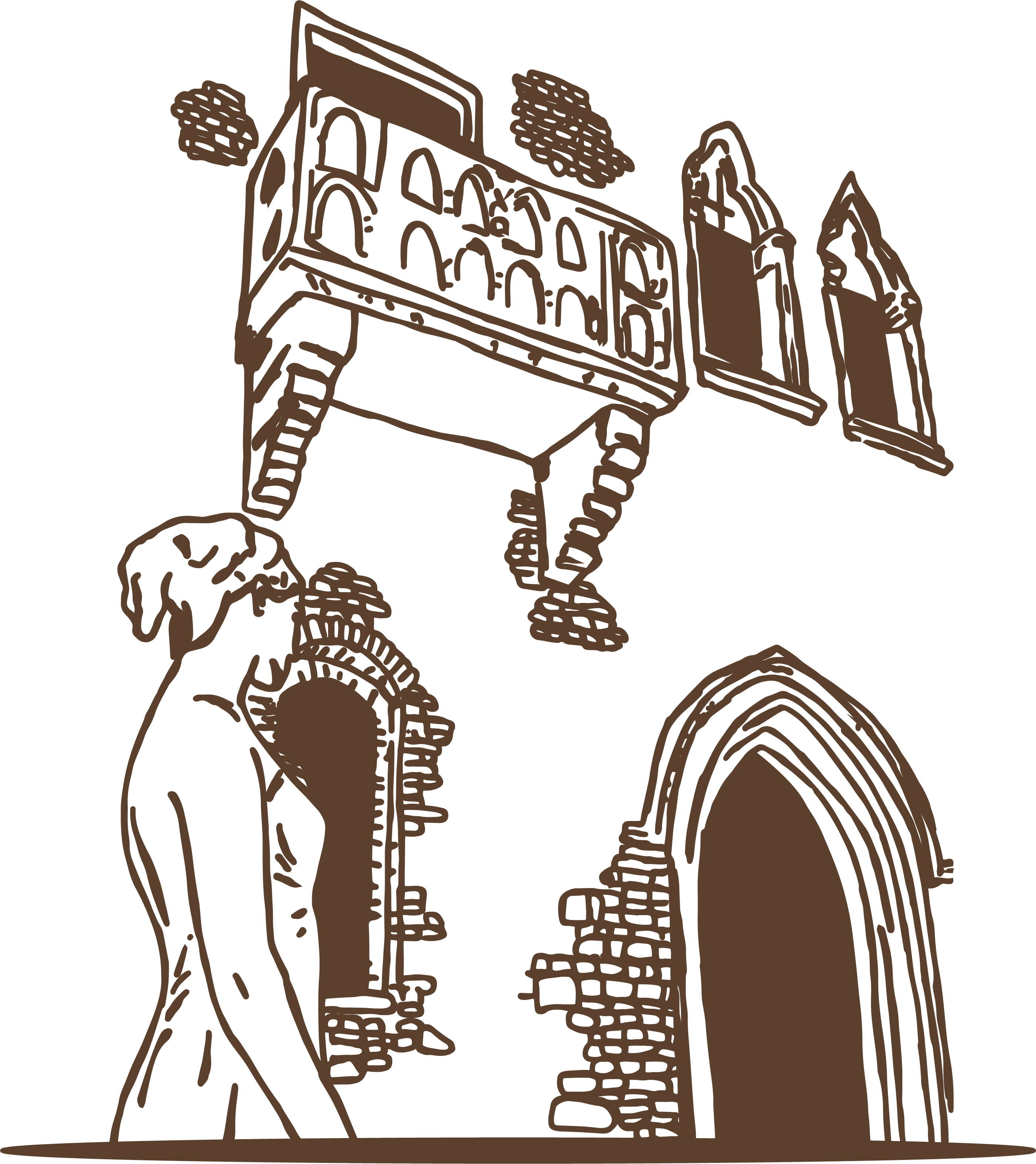
Casa di Giulietta (House of Juliet)
Situated within a 13th-century building known as Casa di Giulietta (House of Juliet), these historic landmarks have captivated visitors from around the world.
The balcony, immortalized in William Shakespeare’s famous play “Romeo and Juliet,” is said to be the spot where Juliet stood as she famously declared her love for Romeo. While the balcony itself is not original to Shakespeare’s story and was added during renovations in the 20th century, it has become synonymous with the tale of star-crossed lovers.
Visitors to Juliet’s home often partake in the tradition of leaving love letters and messages on the walls of the courtyard, believing that it will bring them luck in matters of the heart. The walls are adorned with thousands of handwritten notes, locks, and other tokens of affection, creating a colorful tapestry of love and devotion.
Porta dei Leoni
The Porta dei Leoni, a revered symbol of Verona’s ancient past, stands as a majestic gateway to the city’s historical center.
Dating back to the Roman era, this monumental archway bears witness to centuries of history and culture. Its imposing structure, flanked by twin lion sculptures, evokes a sense of strength and grandeur, reflecting the city’s storied past as a strategic Roman outpost.
As visitors pass beneath its weathered stone arches, they are transported back in time, imagining the bustling activity of ancient Verona beyond.
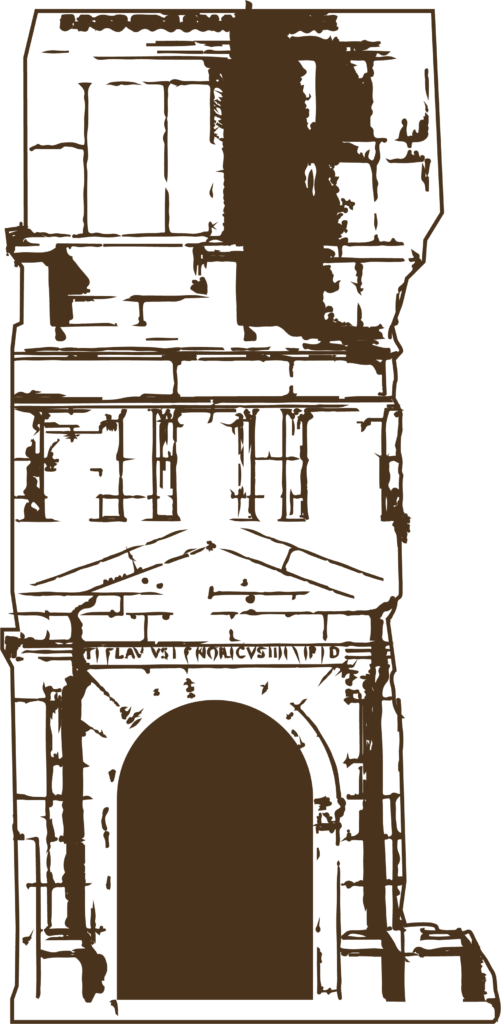

Porta dei Leoni
The Porta dei Leoni, a revered symbol of Verona’s ancient past, stands as a majestic gateway to the city’s historical center.
Dating back to the Roman era, this monumental archway bears witness to centuries of history and culture. Its imposing structure, flanked by twin lion sculptures, evokes a sense of strength and grandeur, reflecting the city’s storied past as a strategic Roman outpost.
As visitors pass beneath its weathered stone arches, they are transported back in time, imagining the bustling activity of ancient Verona beyond.
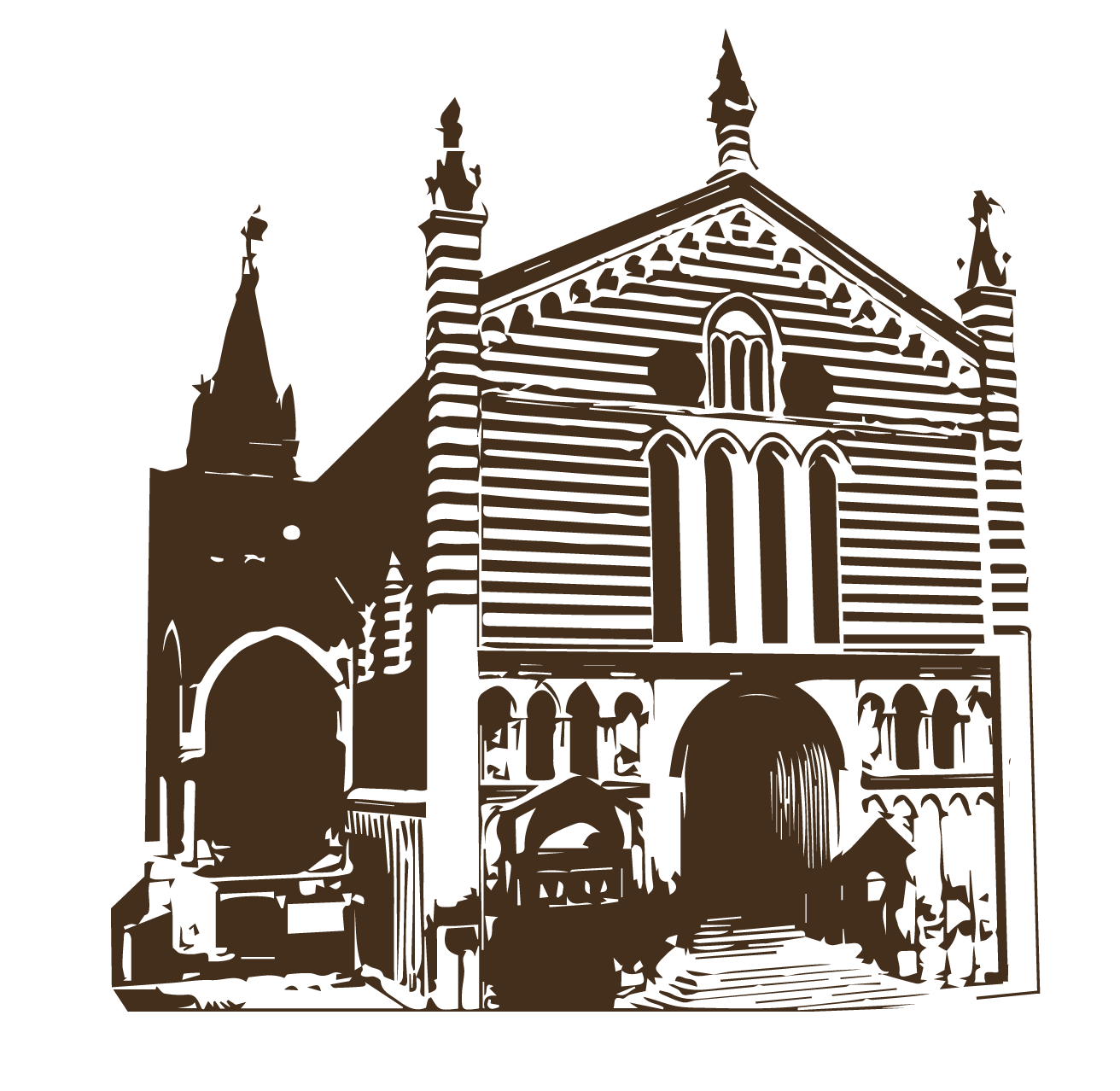
Chiesa di San Fermo
The origins of the Chiesa di San Fermo trace back to the 8th century when it was initially founded as a small chapel. Over the centuries, it underwent several renovations and expansions, reflecting the evolving architectural styles prevalent in the region. The church as it stands today is a blend of Romanesque and Gothic influences, showcasing intricate details and ornate decorations that captivate visitors.
One of the most striking features of the Chiesa di San Fermo is its distinctive façade, adorned with elaborate sculptures and reliefs depicting religious motifs and biblical scenes. The intricate carvings and decorative elements serve as a visual feast for art enthusiasts and historians alike, offering insights into the craftsmanship of the era.
One of the highlights of the Chiesa di San Fermo is its crypt, which houses the relics of Saints Fermo and Rustico. This sacred space invites contemplation and reflection, providing a glimpse into the spiritual heritage of Verona.
